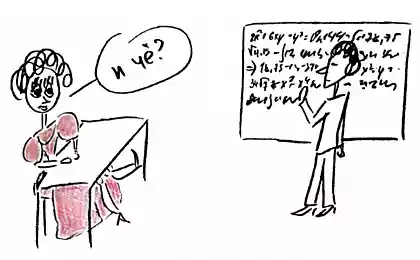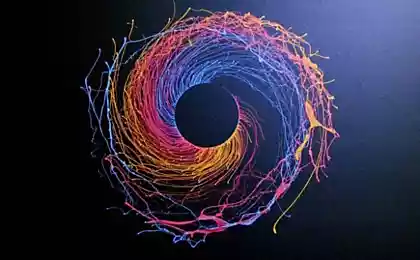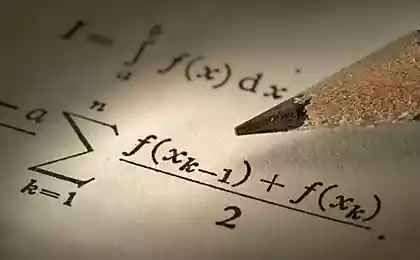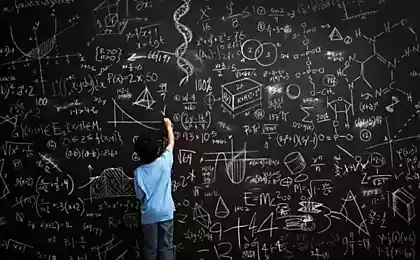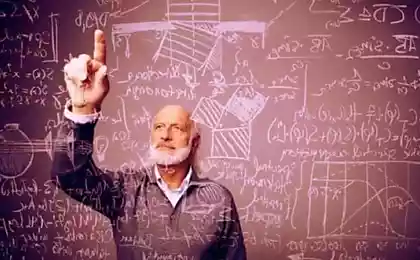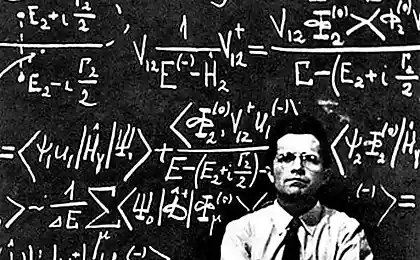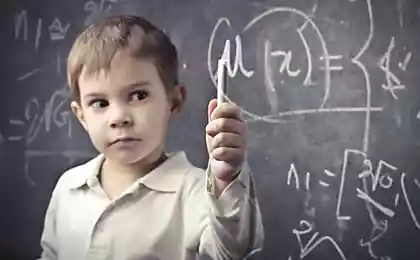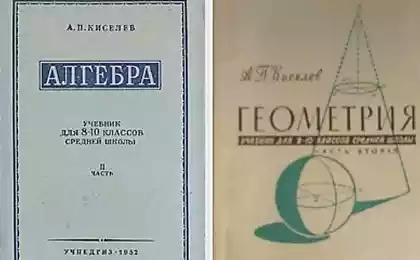707
The Russian mathematician has found a proof of the Riemann Hypothesis
There are tasks that humanity can't solve for 120 years. So, among them the Riemann hypothesis.
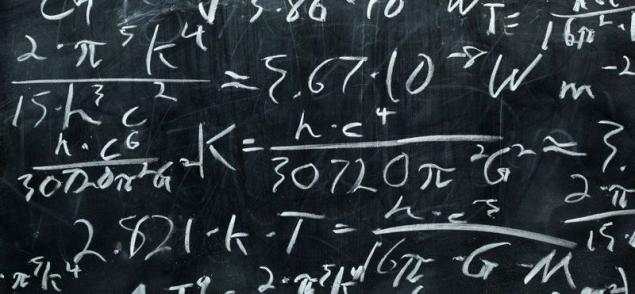
In 1859, German mathematician Bernhard Riemann took the old idea of the Euler and developed it in a completely new way, defining the so-called Zeta function. One result of this work is an exact formula for the number of primes up to specified limit. The formula is represented by an infinite sum, but the analyst is no stranger to this. And it wasn't a useless mind game: thanks to this formula managed to get a new genuine knowledge of the world of Prime numbers. Stirred only one small niggle. Although Riemann was able to prove that his formula is accurate, the most important potential consequence of it is completely dependent on one simple statement concerning the Zeta function, and this is a simple statement of Riemann could not prove. Half a century later, we still haven't managed to do it.
Today this statement is called the Riemann hypothesis and is, in fact, the Holy Grail of pure mathematics, which seems to have "found" a Russian mathematician Igor Torkunov. He presented to the scientific community proof of the famous Riemann hypothesis. Currently, scientists around the world check work Turchanova. While none of them is not declared about the found errors.
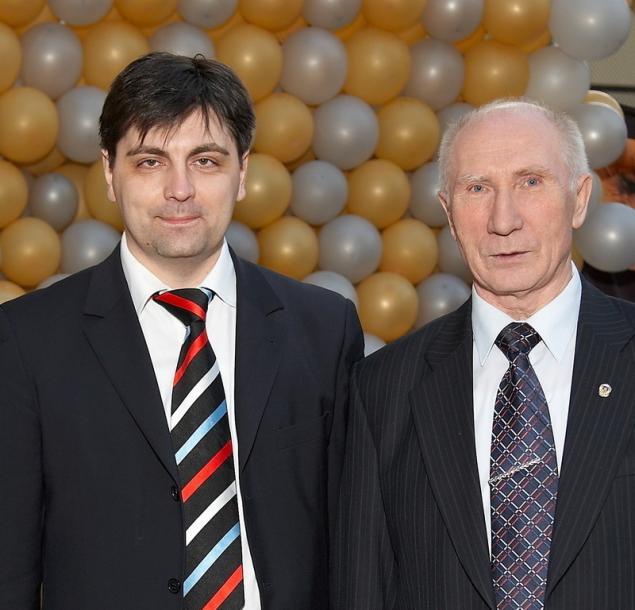
It may be due to the fact that the world of mathematical science is on the threshold of developments of international scale.
Proof or refutation of the Riemann hypothesis will have far-reaching consequences for the theory of numbers, especially in the area of distribution of Prime numbers. And this can affect the improvement of information technology.
The Riemann hypothesis is a list of seven "Millennium problems" for each of which the clay Mathematics Institute (Clay Mathematics Institute, Cambridge, mA) will pay a reward of one million U.S. dollars.
Thus, the proof of the hypothesis can enrich Russian math.
According to an unwritten law the international scientific world, the success of Igor Turchanov fully recognized not earlier than in a few years. However, his work has been presented at International physics and mathematics conference under the auspices of the Institute of applied mathematics. Keldysh RAS in September 2016.
Also note that if found Igor Turgenevym proof of the Riemann Hypothesis will be deemed correct, at the expense of Russian mathematicians, will be written the solution to two of the seven "Millennium problems". One of these problems – "the poincaré conjecture" in 2002 has decided the St. Petersburg mathematician Grigory Perelman. However, he refused to believed he won $1 million from the clay Institute.
In 2015, the Professor of mathematics Opeyemi Enoch (Enoch Opeyemi) from Nigeria said that he could solve the Riemann hypothesis, but the Mathematical Institute of clay PDO now considered the Riemann hypothesis is unproven. According to representatives of the Institute, to ensure that the achievement was recorded, it is necessary to publish in reputable international journal, followed by confirmation of the evidence by the scientific community.published
Source: masterok.livejournal.com/3324724.html

In 1859, German mathematician Bernhard Riemann took the old idea of the Euler and developed it in a completely new way, defining the so-called Zeta function. One result of this work is an exact formula for the number of primes up to specified limit. The formula is represented by an infinite sum, but the analyst is no stranger to this. And it wasn't a useless mind game: thanks to this formula managed to get a new genuine knowledge of the world of Prime numbers. Stirred only one small niggle. Although Riemann was able to prove that his formula is accurate, the most important potential consequence of it is completely dependent on one simple statement concerning the Zeta function, and this is a simple statement of Riemann could not prove. Half a century later, we still haven't managed to do it.
Today this statement is called the Riemann hypothesis and is, in fact, the Holy Grail of pure mathematics, which seems to have "found" a Russian mathematician Igor Torkunov. He presented to the scientific community proof of the famous Riemann hypothesis. Currently, scientists around the world check work Turchanova. While none of them is not declared about the found errors.

It may be due to the fact that the world of mathematical science is on the threshold of developments of international scale.
Proof or refutation of the Riemann hypothesis will have far-reaching consequences for the theory of numbers, especially in the area of distribution of Prime numbers. And this can affect the improvement of information technology.
The Riemann hypothesis is a list of seven "Millennium problems" for each of which the clay Mathematics Institute (Clay Mathematics Institute, Cambridge, mA) will pay a reward of one million U.S. dollars.
Thus, the proof of the hypothesis can enrich Russian math.
According to an unwritten law the international scientific world, the success of Igor Turchanov fully recognized not earlier than in a few years. However, his work has been presented at International physics and mathematics conference under the auspices of the Institute of applied mathematics. Keldysh RAS in September 2016.
Also note that if found Igor Turgenevym proof of the Riemann Hypothesis will be deemed correct, at the expense of Russian mathematicians, will be written the solution to two of the seven "Millennium problems". One of these problems – "the poincaré conjecture" in 2002 has decided the St. Petersburg mathematician Grigory Perelman. However, he refused to believed he won $1 million from the clay Institute.
In 2015, the Professor of mathematics Opeyemi Enoch (Enoch Opeyemi) from Nigeria said that he could solve the Riemann hypothesis, but the Mathematical Institute of clay PDO now considered the Riemann hypothesis is unproven. According to representatives of the Institute, to ensure that the achievement was recorded, it is necessary to publish in reputable international journal, followed by confirmation of the evidence by the scientific community.published
Source: masterok.livejournal.com/3324724.html
